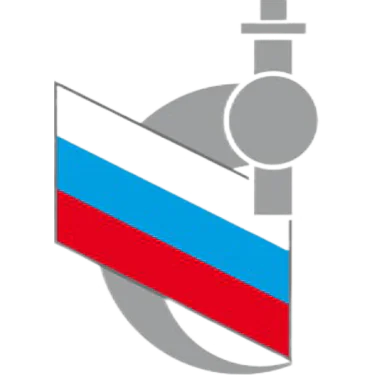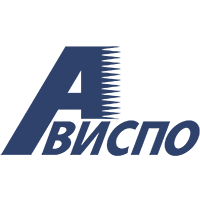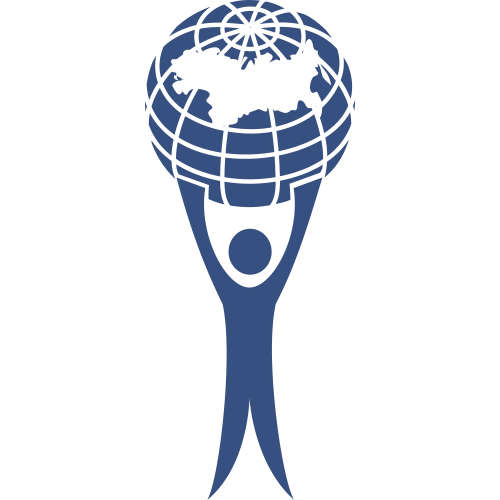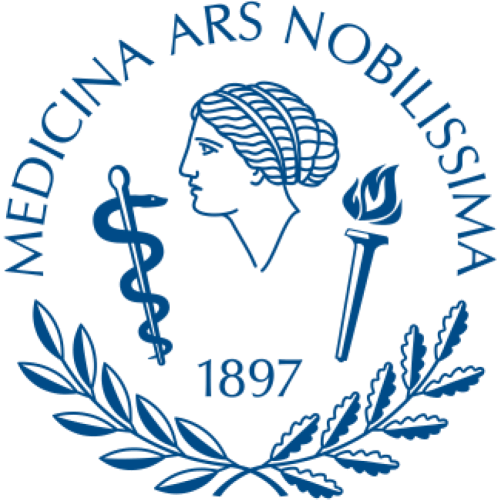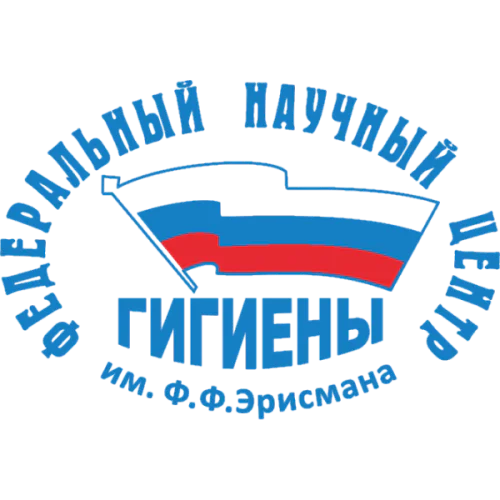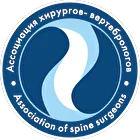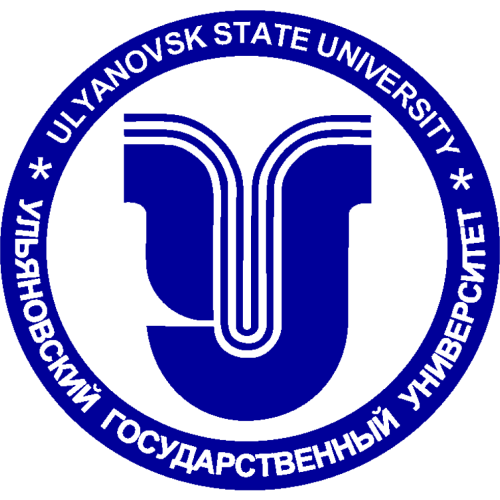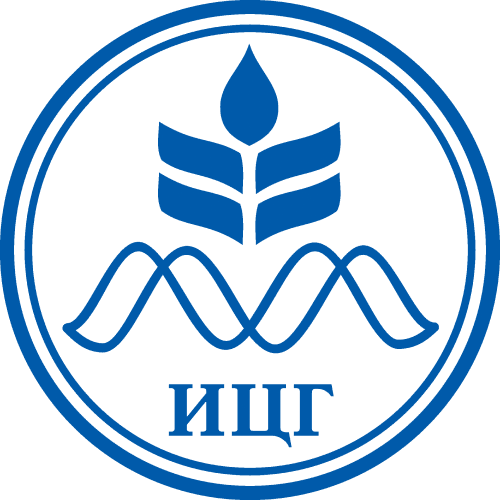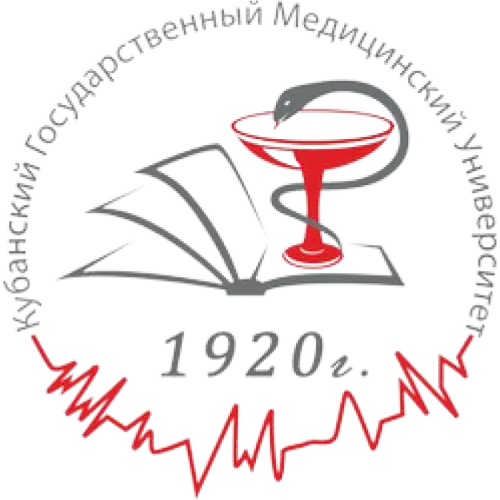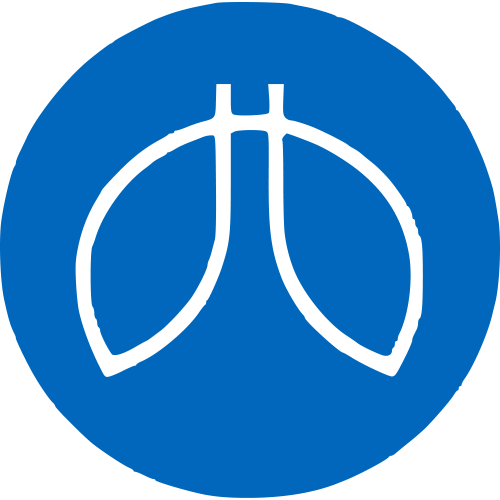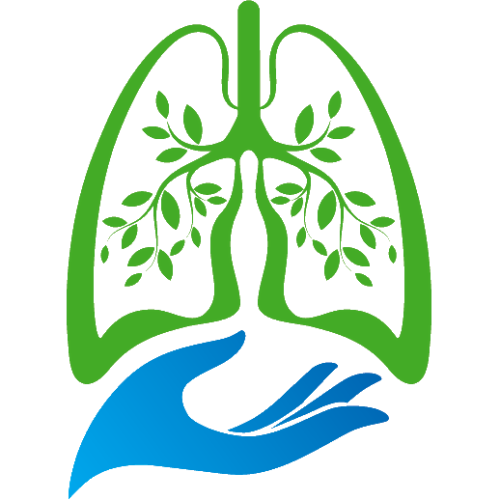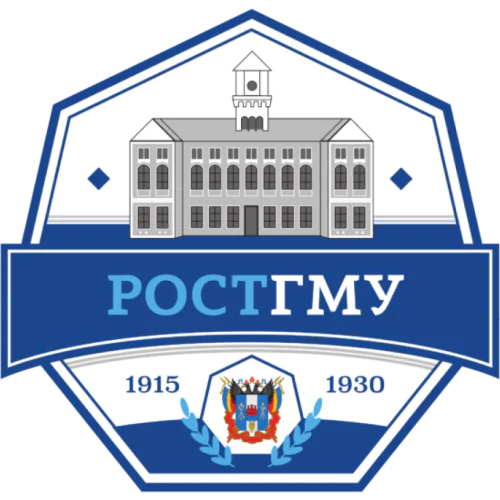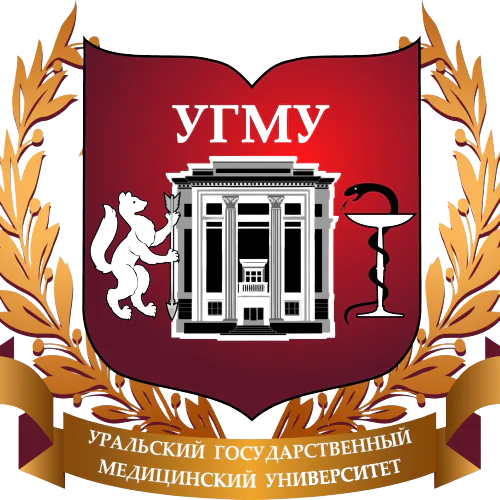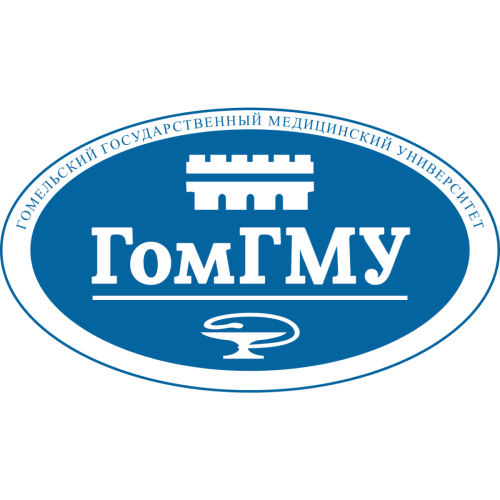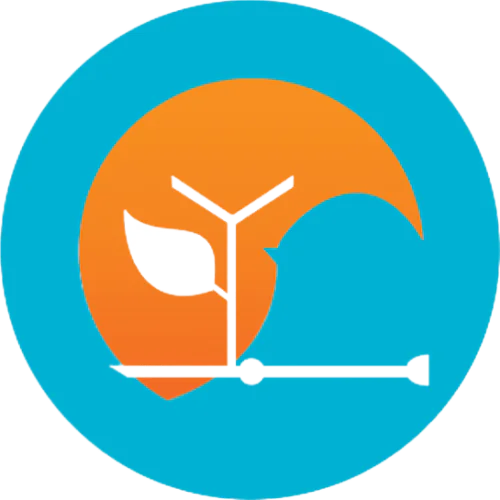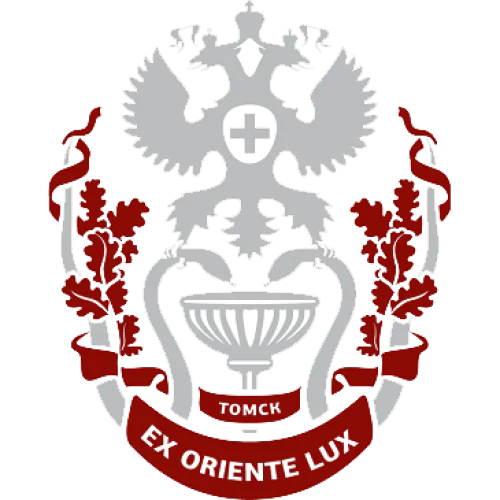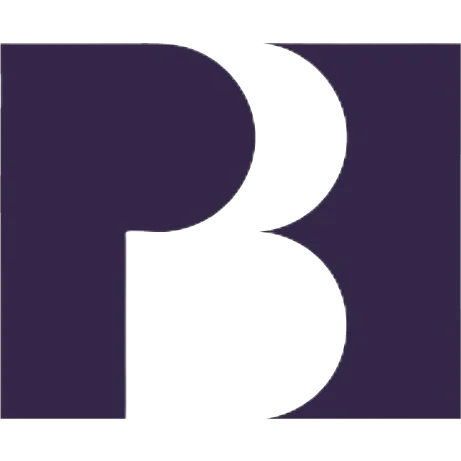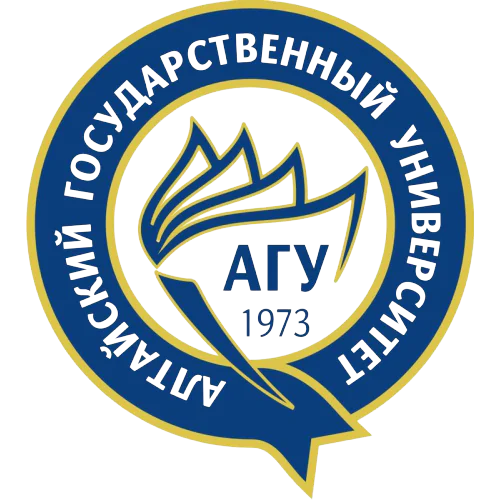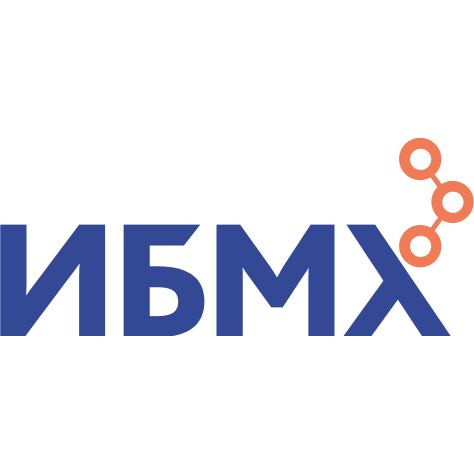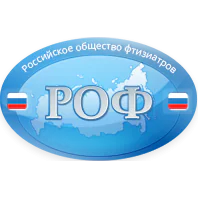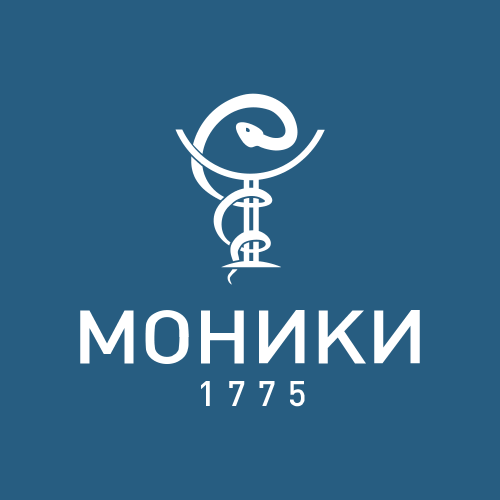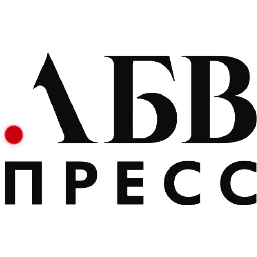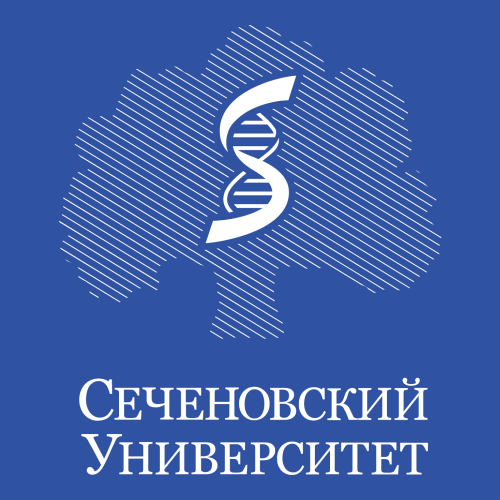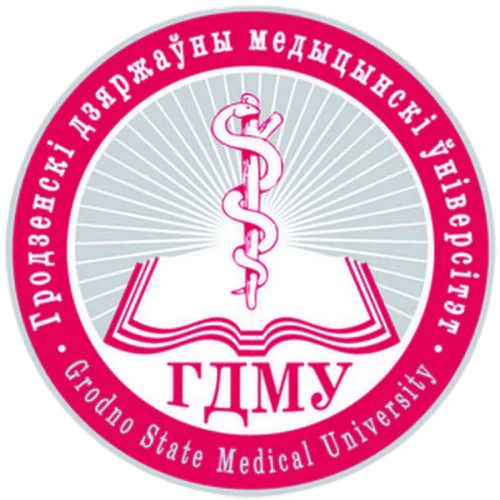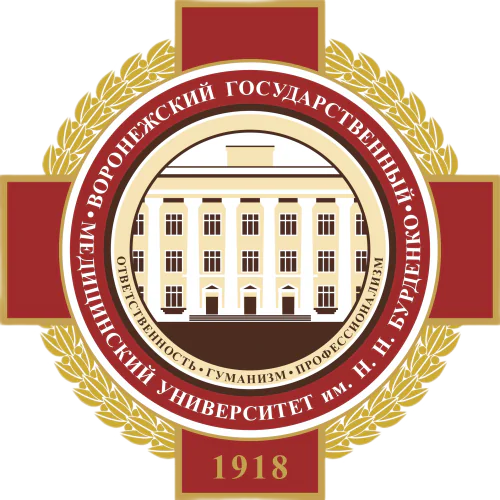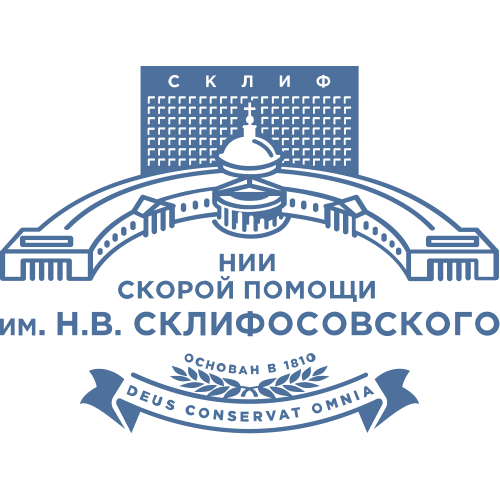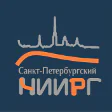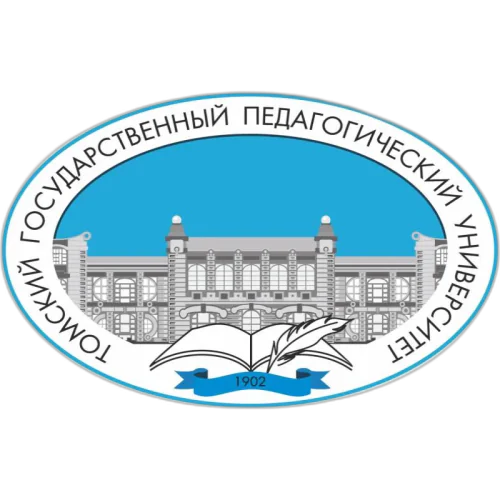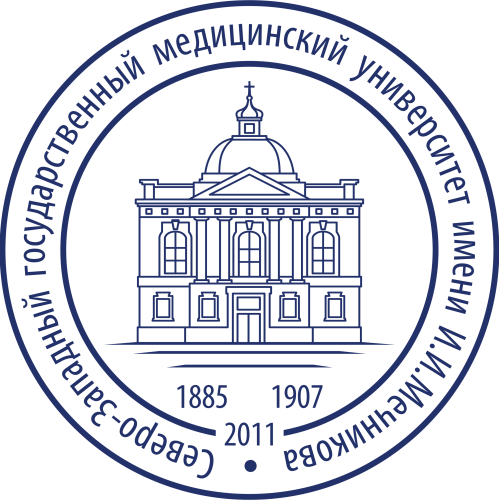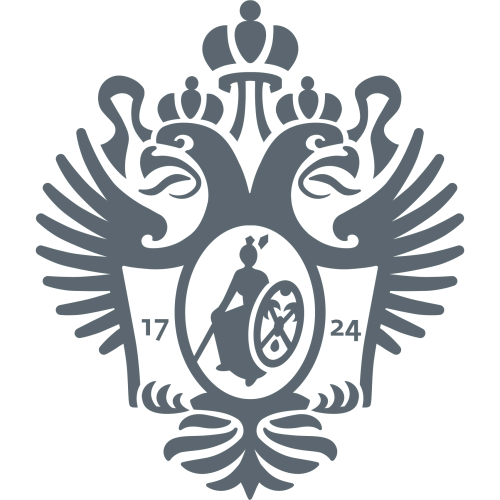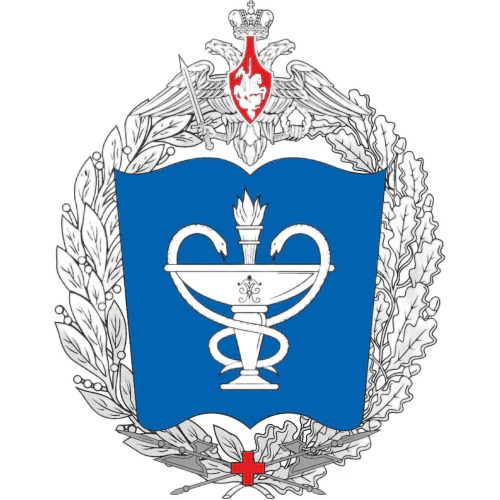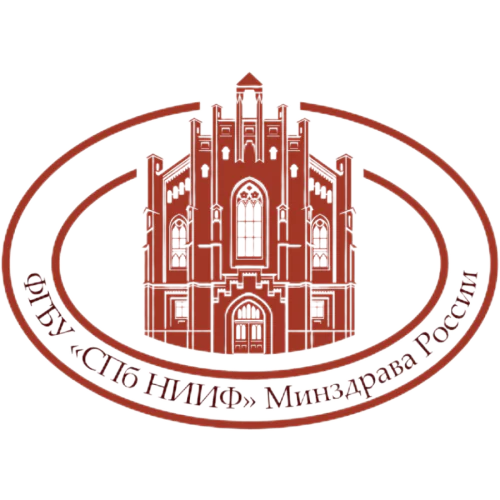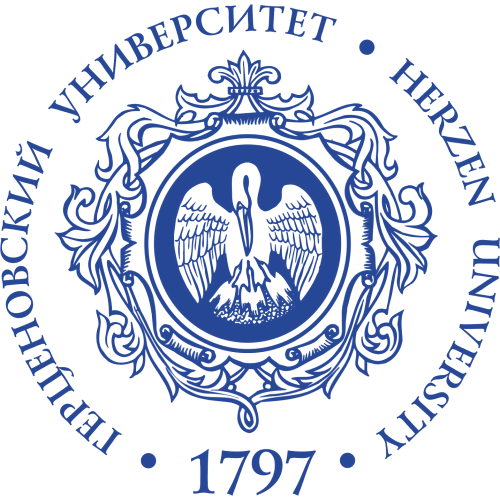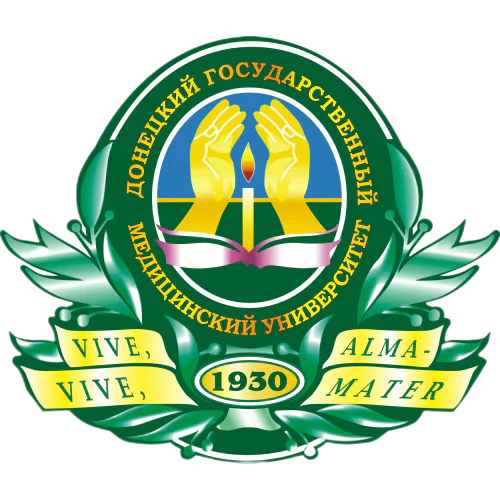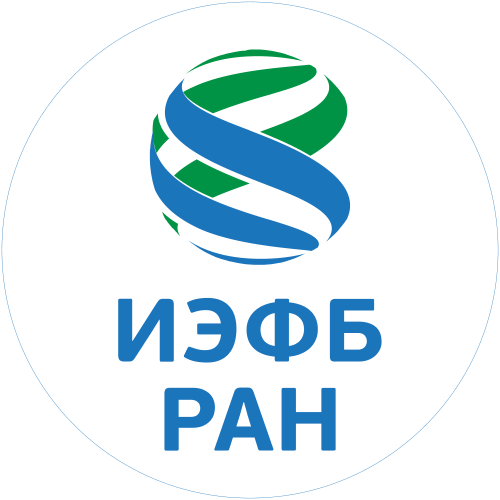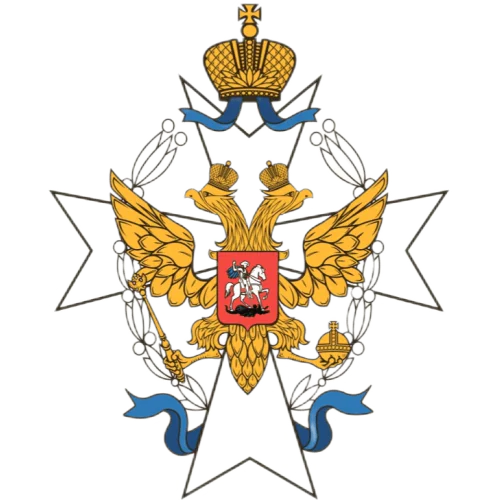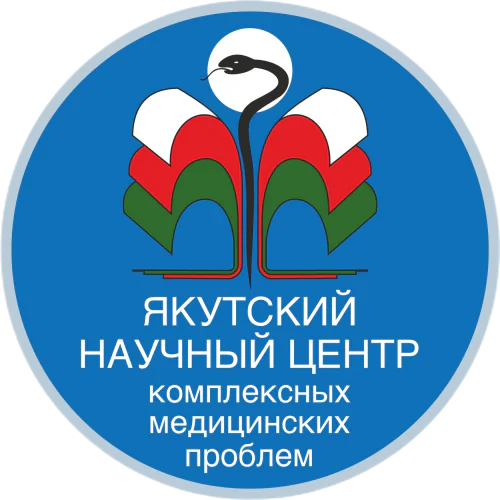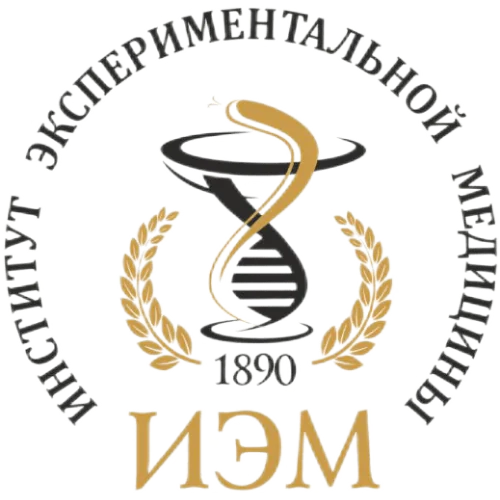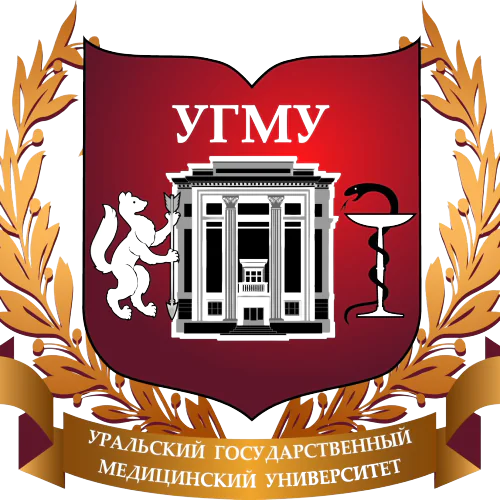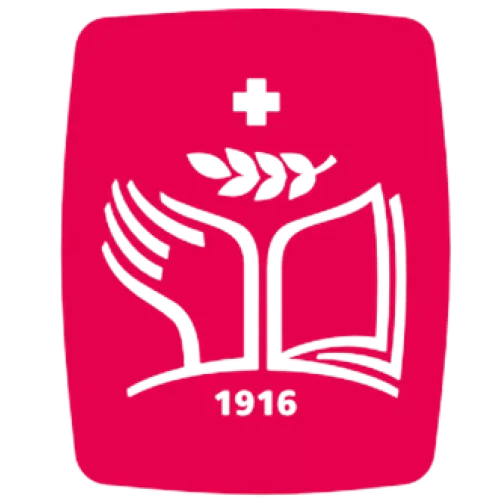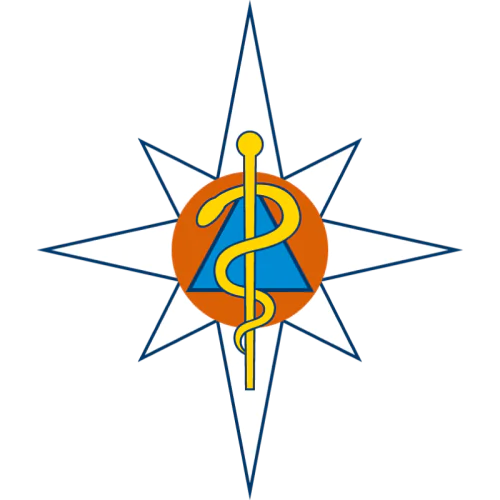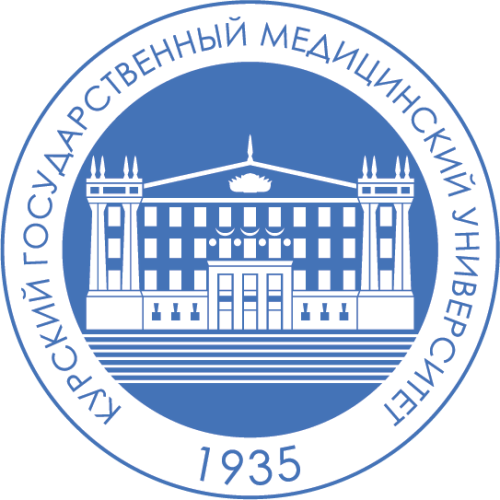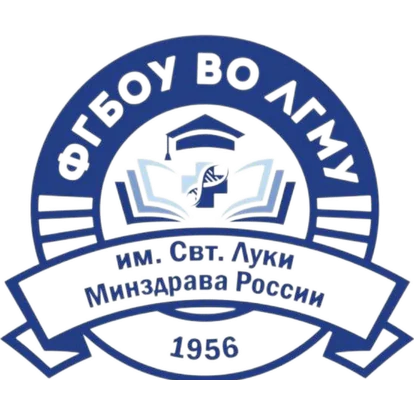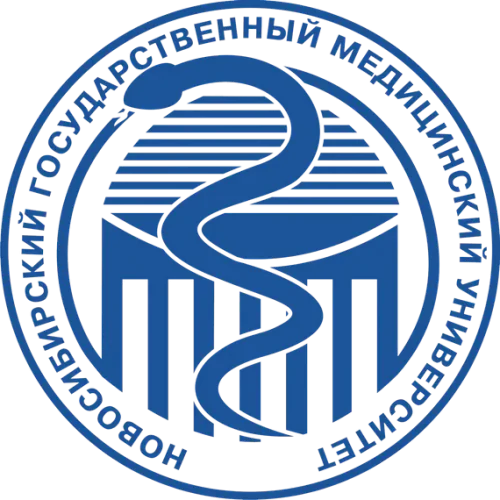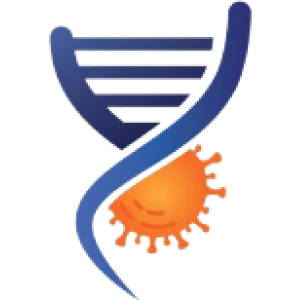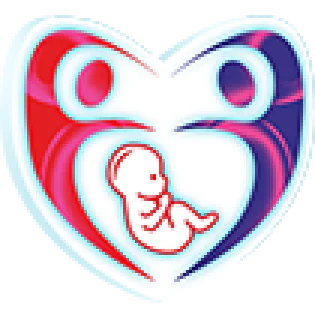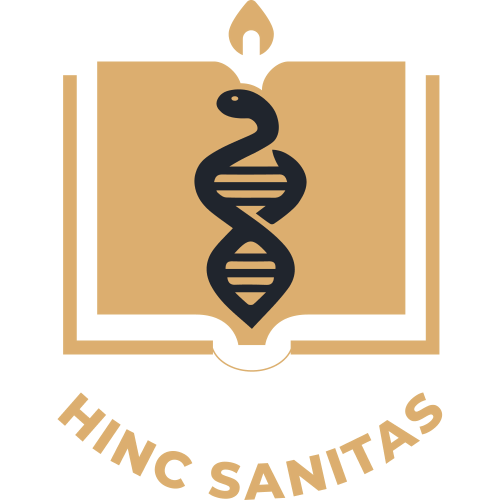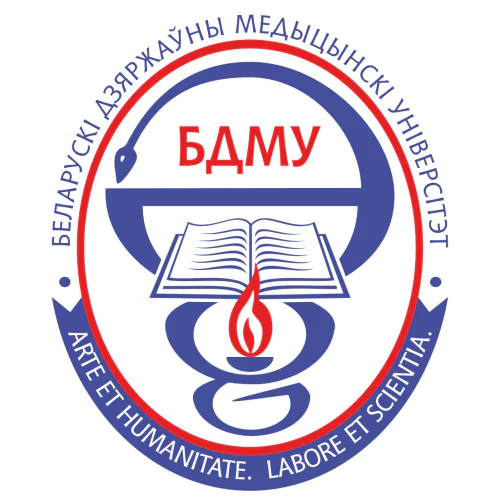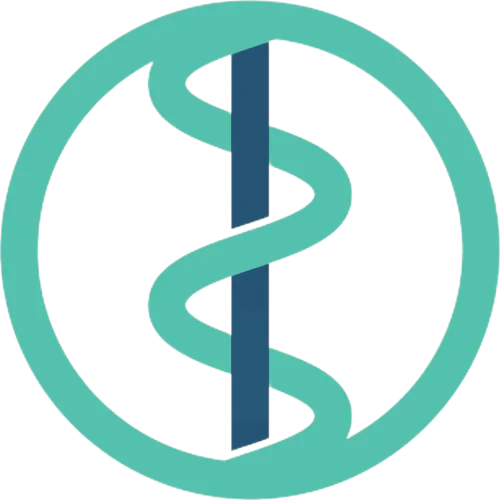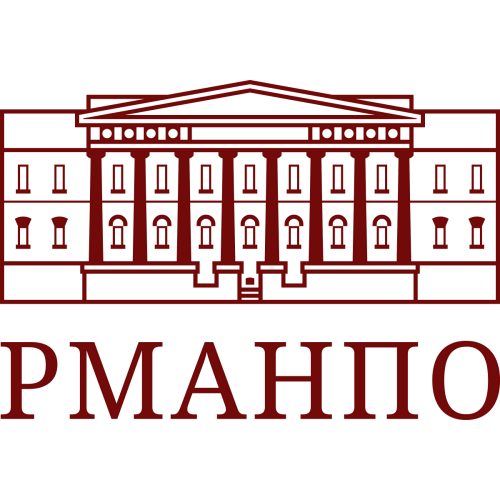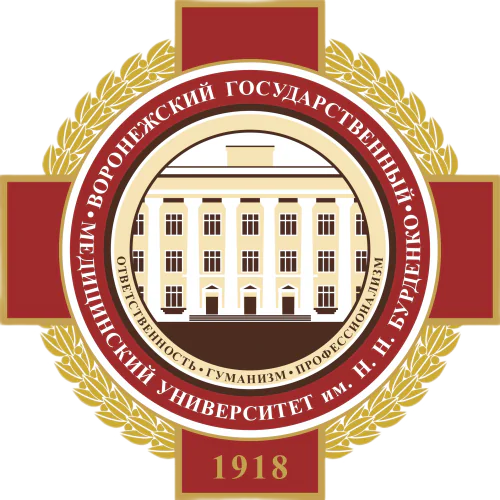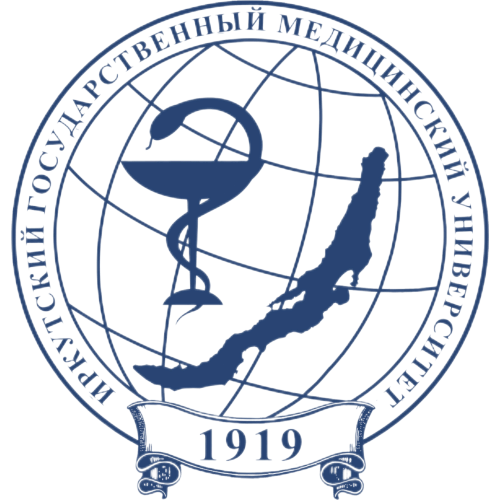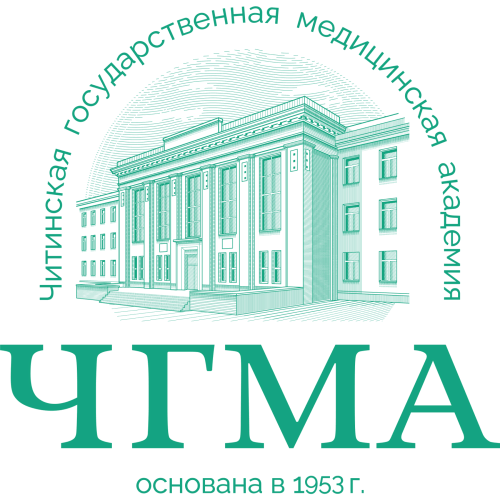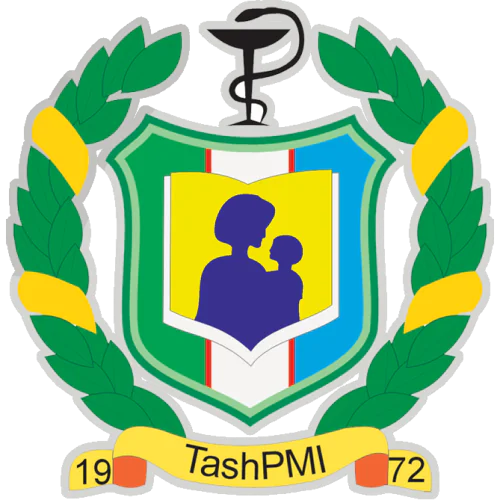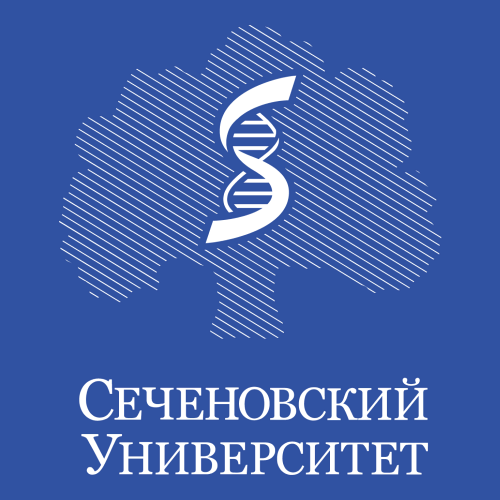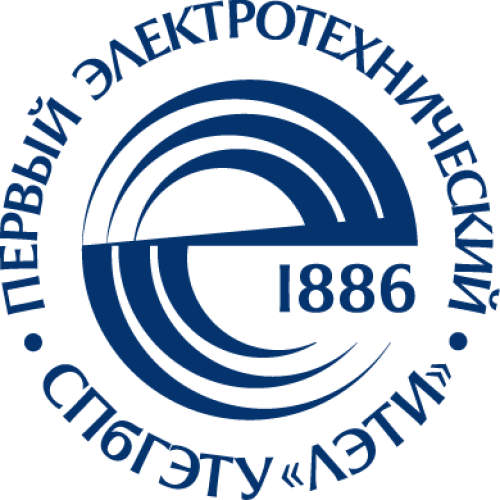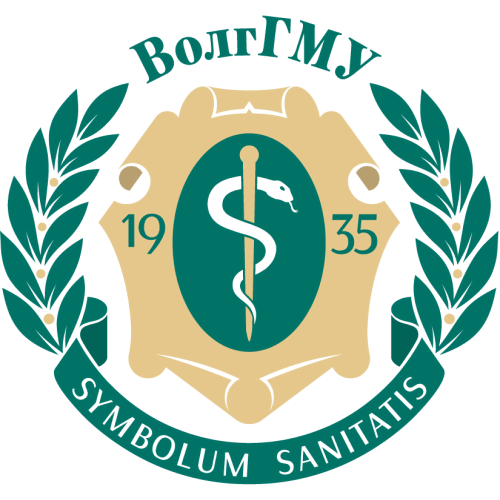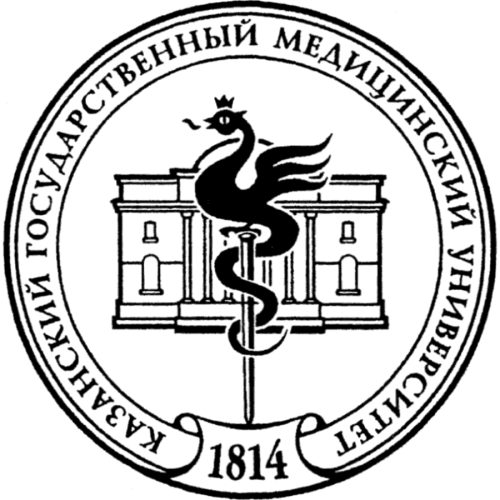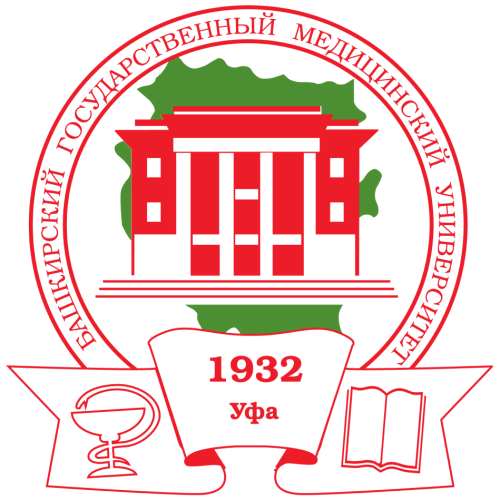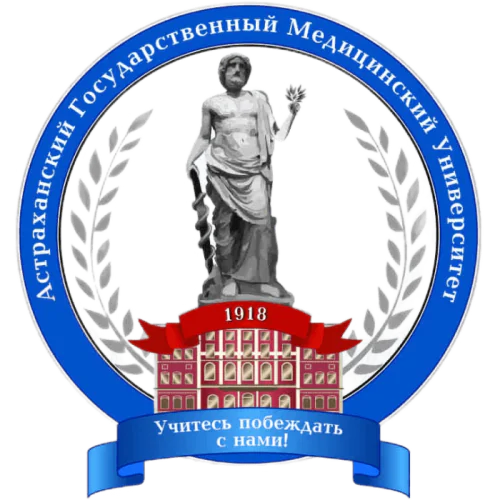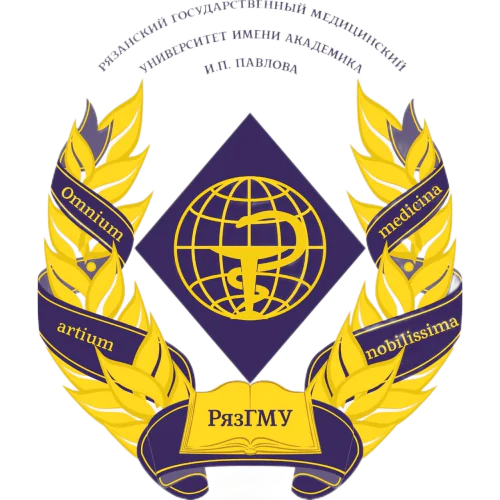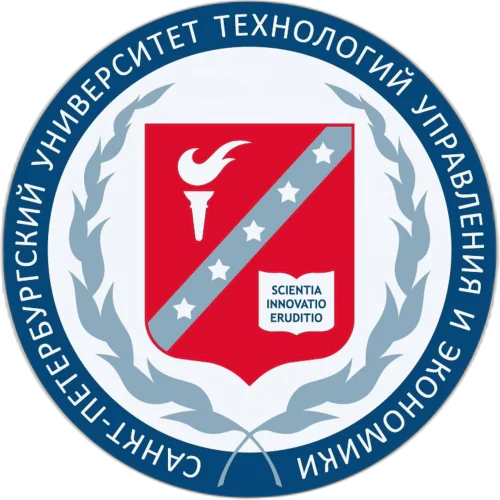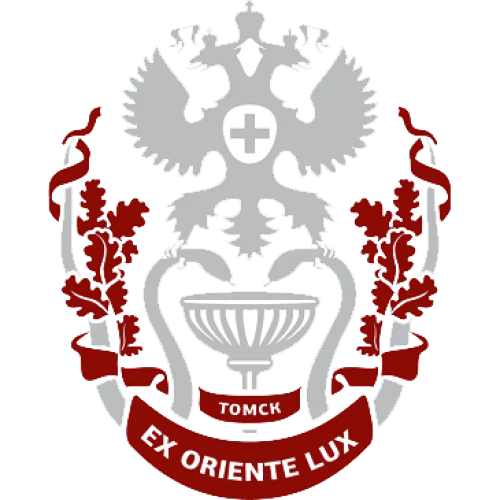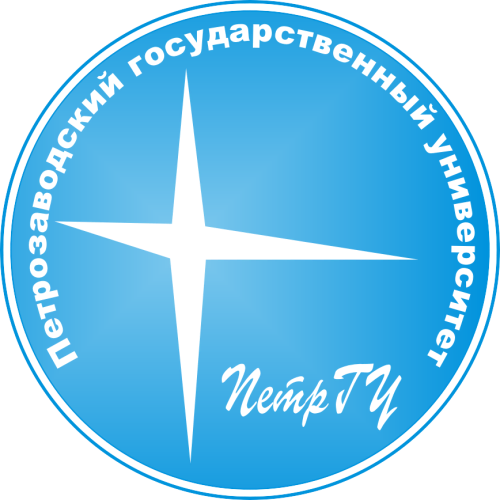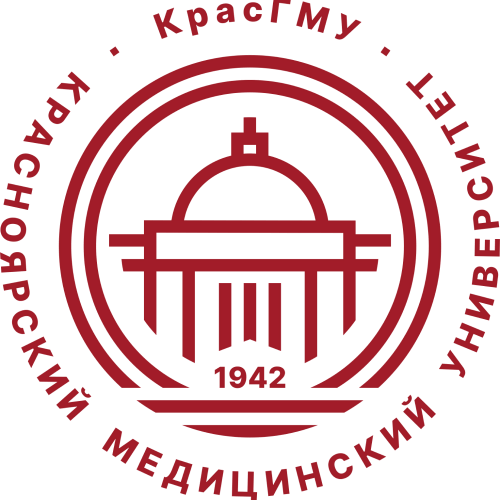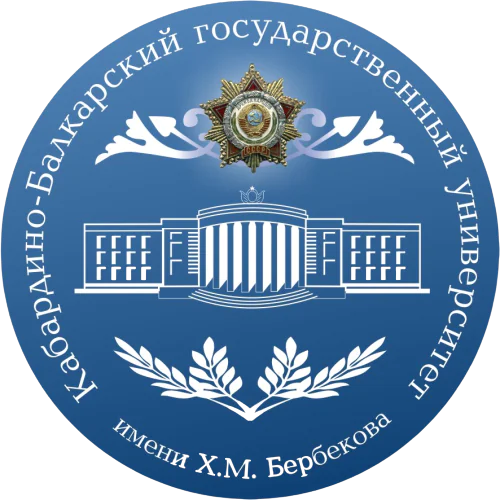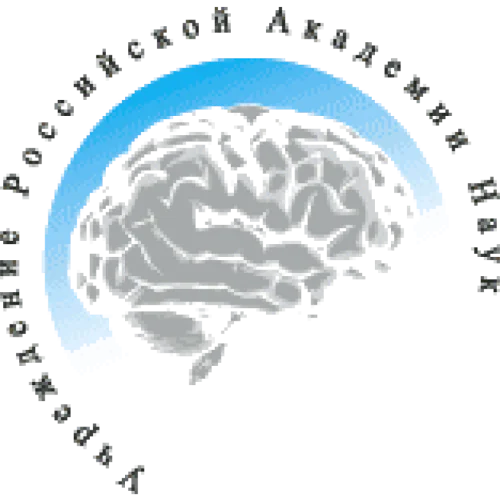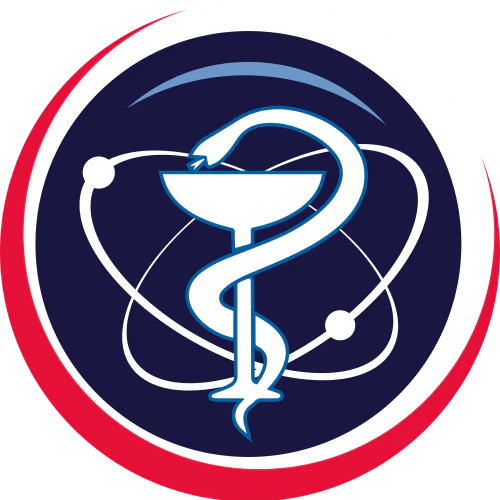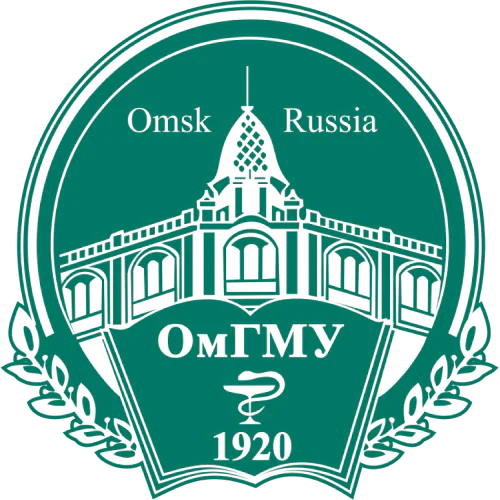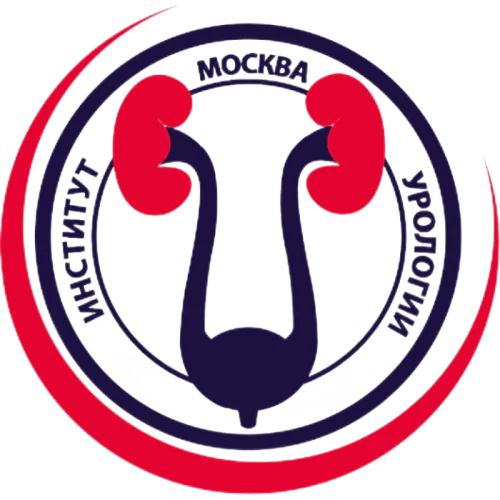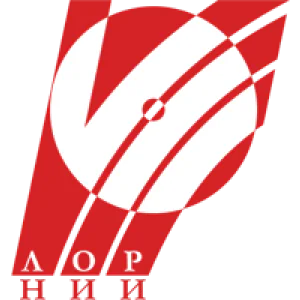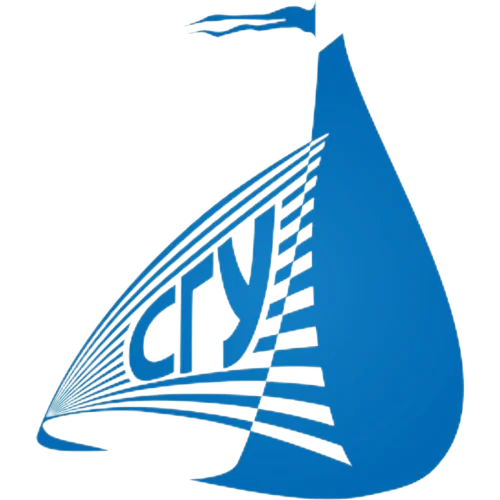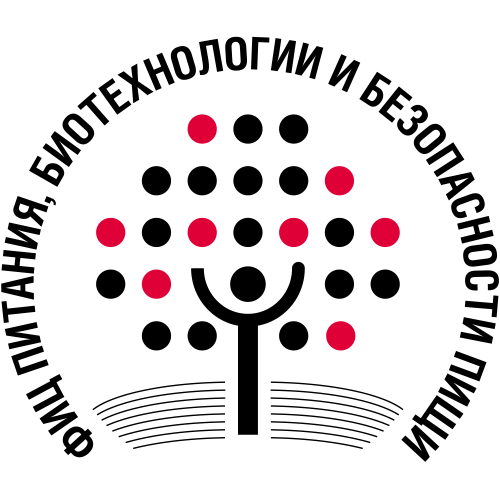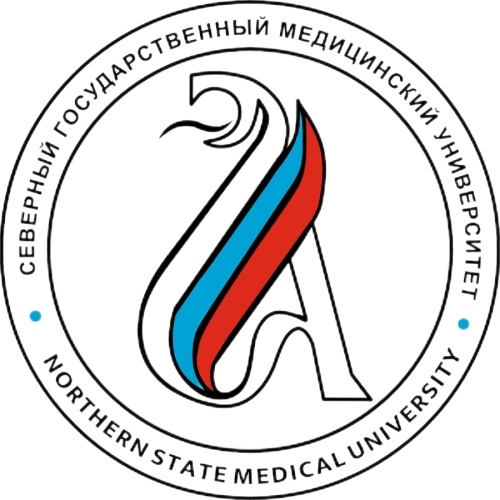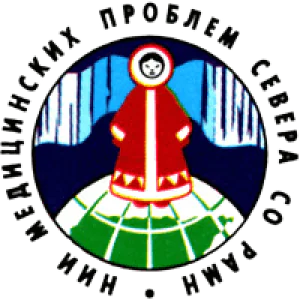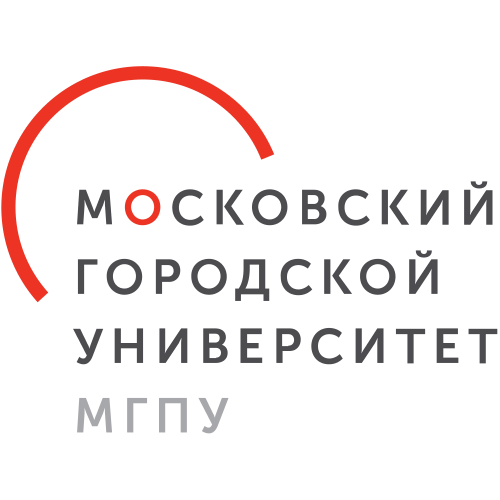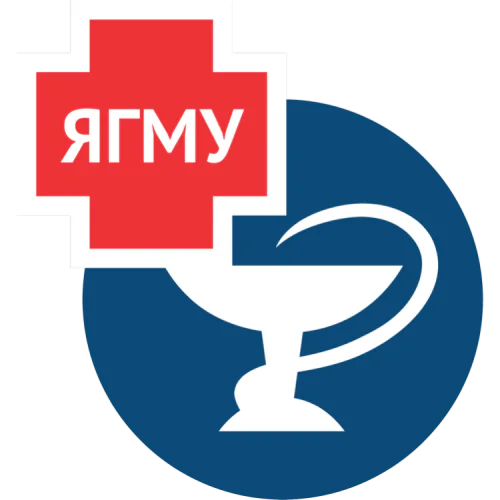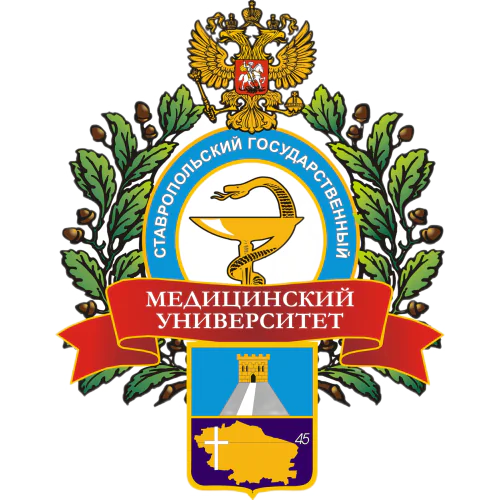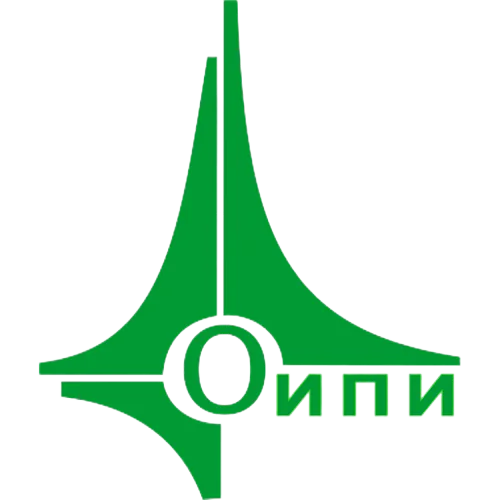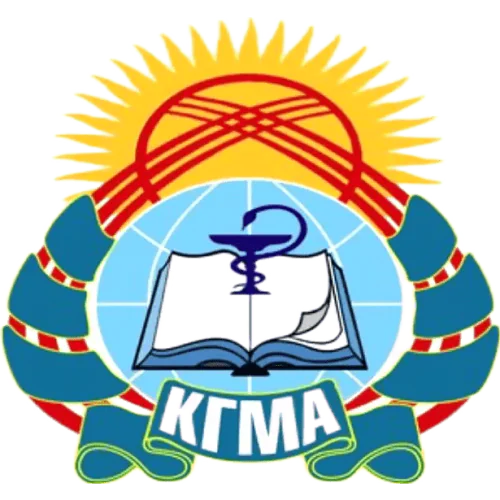Are you a researcher?
Create a profile to get free access to personal recommendations for colleagues and new articles.
Top-3 citing journals

Pediatrician (St Petersburg)
(232 citations)

Meditsinskiy sovet = Medical Council
(32 citations)
Rossiyskiy Vestnik Perinatologii i Pediatrii
(27 citations)
Top-3 organizations

Saint Petersburg State Pediatric Medical University
(708 publications)
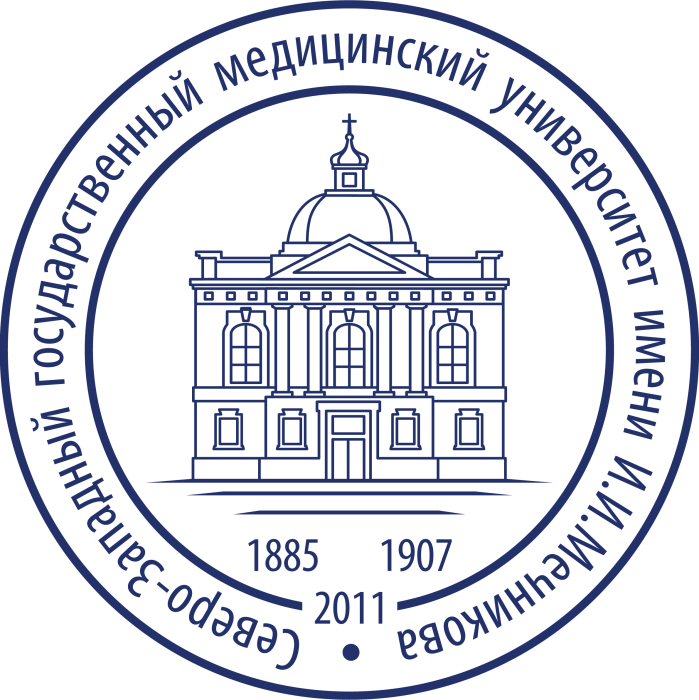
North-Western State Medical University named after I.I. Mechnikov
(61 publications)
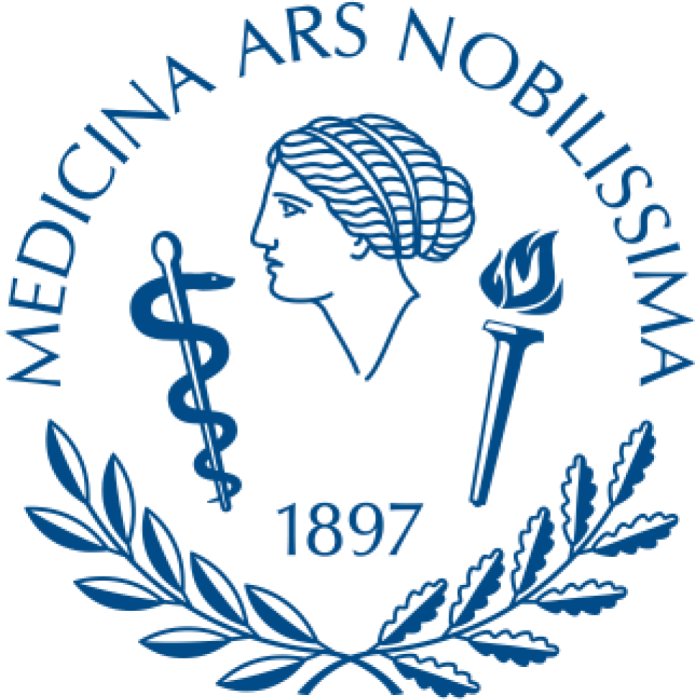
First Pavlov State Medical University of St. Petersburg
(53 publications)

Saint Petersburg State Pediatric Medical University
(233 publications)

First Pavlov State Medical University of St. Petersburg
(21 publications)

North-Western State Medical University named after I.I. Mechnikov
(19 publications)
Top-3 countries
Top-3 researchers by articles count
2 publications in journal
Malenova Arina
PhD in Psychology, associate professor
43 publications,
173 citations
h-index: 6

Dostoevsky Omsk State University
2 publications in journal

Sklyar Sofia
🤝
17 publications,
29 citations
h-index: 3
1 publication in journal
Danilov Lavrentiy
🥼 🤝
38 publications,
111 citations
h-index: 6
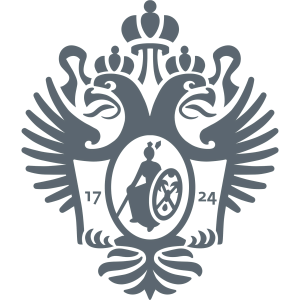
Saint Petersburg State University
Most cited in 5 years
Found
Nothing found, try to update filter.
Found
Nothing found, try to update filter.
Top-100
Citing journals
Citing publishers
Publishing organizations
Publishing organizations in 5 years
|
50
100
150
200
250
|
|
|
Saint Petersburg State Pediatric Medical University
233 publications, 62.3%
|
|
|
First Pavlov State Medical University of St. Petersburg
21 publications, 5.61%
|
|
|
North-Western State Medical University named after I.I. Mechnikov
19 publications, 5.08%
|
|
|
Kirov Military Medical Academy
16 publications, 4.28%
|
|
|
Saint Petersburg State University
15 publications, 4.01%
|
|
|
Almazov National Medical Research Centre
13 publications, 3.48%
|
|
|
National Research Centre "Kurchatov Institute"
10 publications, 2.67%
|
|
|
Saint-Petersburg Research Institute of Phthisiopulmonology
9 publications, 2.41%
|
|
|
Petersburg Nuclear Physics Institute of NRC «Kurchatov Institute»
7 publications, 1.87%
|
|
|
Rostov State Medical University
6 publications, 1.6%
|
|
|
Herzen State Pedagogical University of Russia
5 publications, 1.34%
|
|
|
V.I. Vernadsky Crimean Federal University
5 publications, 1.34%
|
|
|
Golikov Scientific and Clinical Center of Toxicology FMBA of Russia
5 publications, 1.34%
|
|
|
National Medical Research Center Obsterics, Gynecology and Perinatology the name of Academician V.I. Kulakov
4 publications, 1.07%
|
|
|
Smorodintsev Research Institute of Influenza
4 publications, 1.07%
|
|
|
Russian Research Center for Radiology and Surgical Technologies
4 publications, 1.07%
|
|
|
Saint-Petersburg I. I. Dzhanelidze Research Institute of Emergency Medicine
4 publications, 1.07%
|
|
|
Peoples' Friendship University of Russia
3 publications, 0.8%
|
|
|
Privolzhsky Research Medical University
3 publications, 0.8%
|
|
|
Novosibirsk State Medical University
3 publications, 0.8%
|
|
|
Pavlov Institute of Physiology of the Russian Academy of Sciences
3 publications, 0.8%
|
|
|
E.A. Vagner Perm State Medical University
3 publications, 0.8%
|
|
|
Scientific Centre for Family Health and Human Reproduction Problems
3 publications, 0.8%
|
|
|
Kursk State Medical University
3 publications, 0.8%
|
|
|
Bekhterev National Medical Research Center for Psychiatry and Neurology
3 publications, 0.8%
|
|
|
Russian Medical Academy of Continuous Professional Education
3 publications, 0.8%
|
|
|
Donetsk National Medical University
3 publications, 0.8%
|
|
|
V. N. Gorodkov Research Institute of Maternity and Childhood
3 publications, 0.8%
|
|
|
University of Chicago
3 publications, 0.8%
|
|
|
Lurie Children's Hospital
3 publications, 0.8%
|
|
|
North-Eastern Federal University
2 publications, 0.53%
|
|
|
Pirogov Russian National Research Medical University
2 publications, 0.53%
|
|
|
Institute of Experimental Medicine
2 publications, 0.53%
|
|
|
I. M. Sechenov Institute of Evolutionary Physiology and Biochemistry of the Russian Academy of Sciences
2 publications, 0.53%
|
|
|
D.O. Ott Research Institute of Obstetrics, Gynecology and Reproductology
2 publications, 0.53%
|
|
|
Yakut science centre of complex medical problems
2 publications, 0.53%
|
|
|
Ryazan State Medical University named after Academician I.P. Pavlov
2 publications, 0.53%
|
|
|
Chita State Medical Academy
2 publications, 0.53%
|
|
|
Saint-Petersburg University of Management Technologies and Economics
2 publications, 0.53%
|
|
|
Peter the Great St. Petersburg Polytechnic University
1 publication, 0.27%
|
|
|
Sechenov First Moscow State Medical University
1 publication, 0.27%
|
|
|
Saint Petersburg Electrotechnical University "LETI"
1 publication, 0.27%
|
|
|
Volgograd State Medical University
1 publication, 0.27%
|
|
|
Belgorod State University
1 publication, 0.27%
|
|
|
Petrozavodsk State University
1 publication, 0.27%
|
|
|
P.G. Demidov Yaroslavl State University
1 publication, 0.27%
|
|
|
Samara State Medical University
1 publication, 0.27%
|
|
|
Bashkir State Medical University
1 publication, 0.27%
|
|
|
Ural State Medical University
1 publication, 0.27%
|
|
|
Dostoevsky Omsk State University
1 publication, 0.27%
|
|
|
Belarusian State Medical University
1 publication, 0.27%
|
|
|
Saint-Petersburg State Chemical and Pharmaceutical University
1 publication, 0.27%
|
|
|
FSBI «Petrov Research Institute of Oncology» of the Ministry of Healthcare of the Russian Federation
1 publication, 0.27%
|
|
|
Kuban State Medical University
1 publication, 0.27%
|
|
|
Omsk State Medical University
1 publication, 0.27%
|
|
|
Federal Research Center of Fundamental and Translational Medicine
1 publication, 0.27%
|
|
|
Cherepovets State University
1 publication, 0.27%
|
|
|
Federal State Budget Institution «A.N. Bakulev National Medical Research Center of Cardiovascular Surgery»
1 publication, 0.27%
|
|
|
Astrakhan State Medical University
1 publication, 0.27%
|
|
|
Sochi State University
1 publication, 0.27%
|
|
|
Russian Biotechnological University
1 publication, 0.27%
|
|
|
Northern State Medical University
1 publication, 0.27%
|
|
|
Kostroma State University named after N A Nekrasov
1 publication, 0.27%
|
|
|
Moscow City University
1 publication, 0.27%
|
|
|
Stavropol State Medical University
1 publication, 0.27%
|
|
|
United Institute of Informatics Problems of the National Academy of Sciences of Belarus
1 publication, 0.27%
|
|
|
Grodno State Medical University
1 publication, 0.27%
|
|

Scientific Center for Biomedical Technologies of the Federal Medical and Biological Agency
1 publication, 0.27%
|
|
|
Kyrgyz State Medical Academy named after I.K. Akhunbaev
1 publication, 0.27%
|
|
|
Kirov State Medical University
1 publication, 0.27%
|
|
|
Tashkent Pediatric Medical Institute
1 publication, 0.27%
|
|
|
Scientific and Practical Center for Pediatric Psychoneurology
1 publication, 0.27%
|
|
|
Lugansk State Medical University named after St. Luke
1 publication, 0.27%
|
|
|
50
100
150
200
250
|
|
Publishing countries
|
100
200
300
400
500
600
700
800
900
|
|
|
Russia
|
Russia, 897, 94.62%
Russia
897 publications, 94.62%
|
|
USA
|
USA, 20, 2.11%
USA
20 publications, 2.11%
|
|
Uzbekistan
|
Uzbekistan, 7, 0.74%
Uzbekistan
7 publications, 0.74%
|
|
Belarus
|
Belarus, 6, 0.63%
Belarus
6 publications, 0.63%
|
|
Saudi Arabia
|
Saudi Arabia, 4, 0.42%
Saudi Arabia
4 publications, 0.42%
|
|
Kazakhstan
|
Kazakhstan, 1, 0.11%
Kazakhstan
1 publication, 0.11%
|
|
Ukraine
|
Ukraine, 1, 0.11%
Ukraine
1 publication, 0.11%
|
|
Kyrgyzstan
|
Kyrgyzstan, 1, 0.11%
Kyrgyzstan
1 publication, 0.11%
|
|
Turkey
|
Turkey, 1, 0.11%
Turkey
1 publication, 0.11%
|
|
Philippines
|
Philippines, 1, 0.11%
Philippines
1 publication, 0.11%
|
|
100
200
300
400
500
600
700
800
900
|
Publishing countries in 5 years
|
50
100
150
200
250
300
|
|
|
Russia
|
Russia, 296, 79.14%
Russia
296 publications, 79.14%
|
|
USA
|
USA, 5, 1.34%
USA
5 publications, 1.34%
|
|
Belarus
|
Belarus, 2, 0.53%
Belarus
2 publications, 0.53%
|
|
Uzbekistan
|
Uzbekistan, 2, 0.53%
Uzbekistan
2 publications, 0.53%
|
|
Kyrgyzstan
|
Kyrgyzstan, 1, 0.27%
Kyrgyzstan
1 publication, 0.27%
|
|
Philippines
|
Philippines, 1, 0.27%
Philippines
1 publication, 0.27%
|
|
50
100
150
200
250
300
|
2 publications in journal

Sklyar Sofia
🤝
17 publications,
29 citations
h-index: 3
1 publication in journal
Danilov Lavrentiy
🥼 🤝
38 publications,
111 citations
h-index: 6

Saint Petersburg State University




